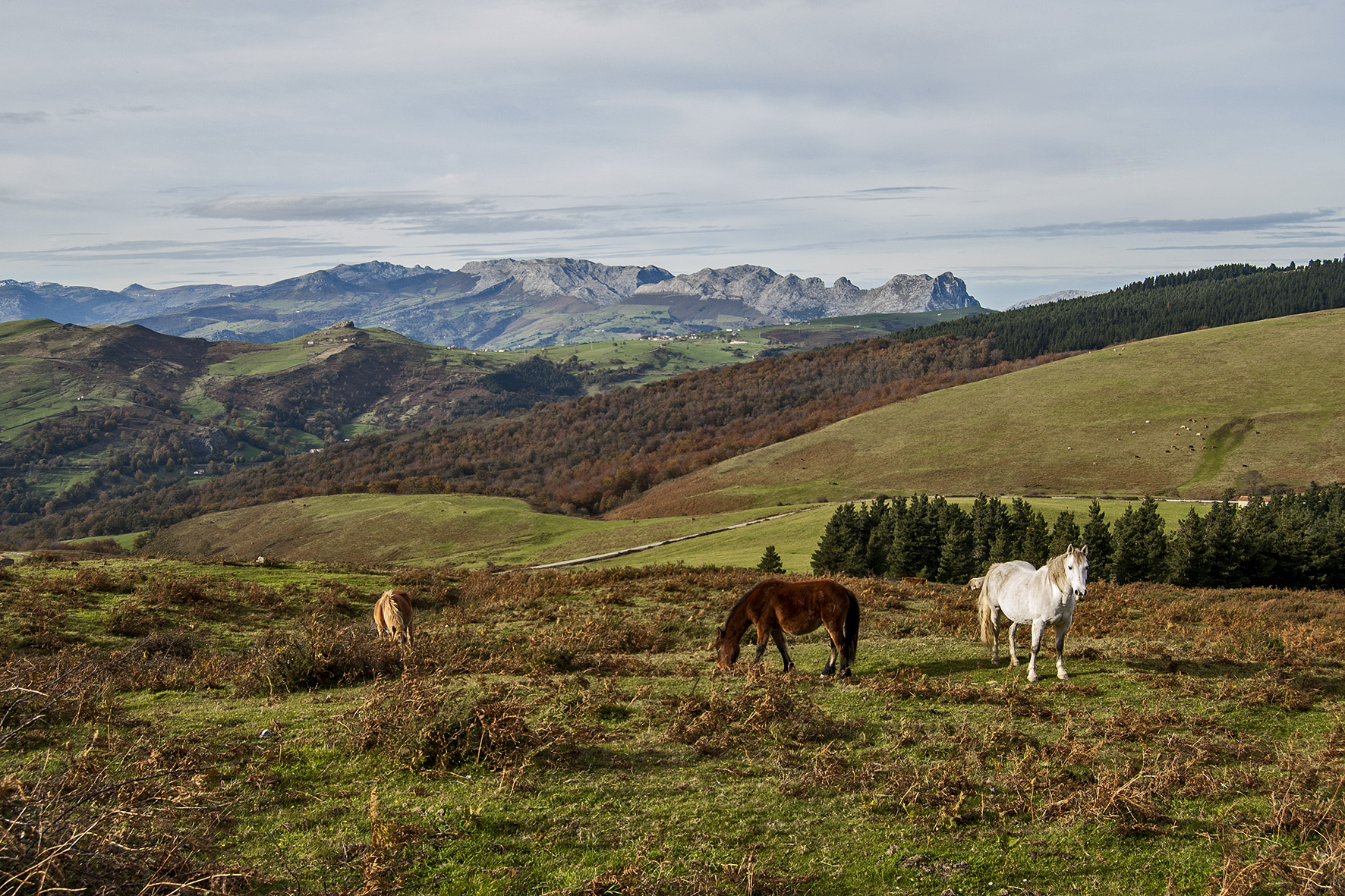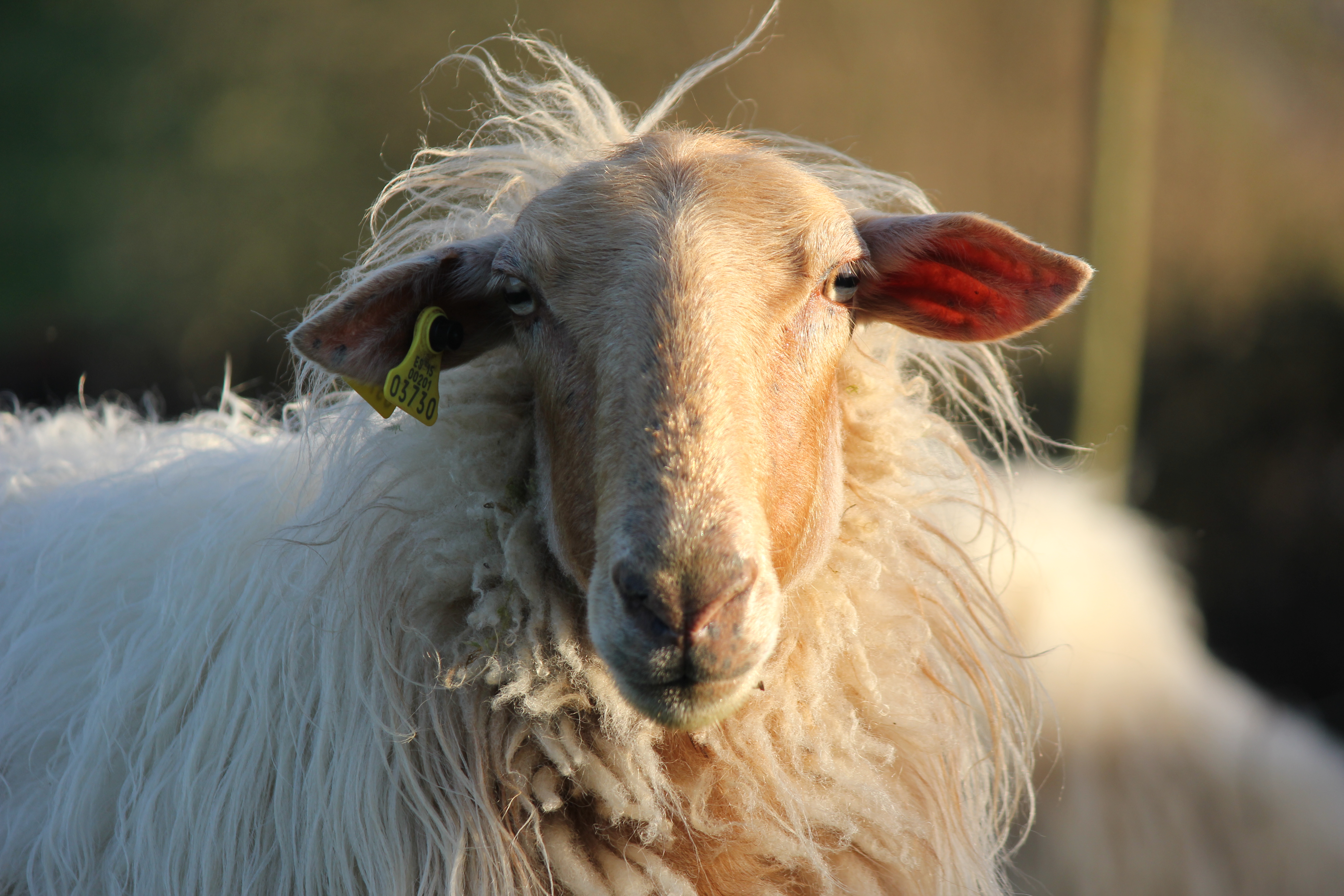Archives
![Mari Karmen Berrizbeitia. Sanblasak begietan: argazkilariak Abadiñoko ferian [Eyes on the Feast of St Blaise: photographers at the Abadiño fair]](https://www.labayru.eus/wp-content/uploads/2019/02/cordones.jpg)
Mari Karmen Berrizbeitia. Sanblasak begietan: argazkilariak Abadiñoko ferian [Eyes on the feast of St Blaise: photographers at the Abadiño fair].
The feast of St Blaise, on 3 February, is celebrated in many localities one way or another, but in Abadiño (Bizkaia) the occasion is a very special one. There is evidence of an agricultural and livestock fair held in this town since the 17th century. The said fair is well known throughout the Basque Country and used to be attended by people from all over the peninsula. (more…)

Panoramic view of common pastures in La Calera del Prado. Valley of Carranza (Bizkaia), 2008. Miguel Sabino Díaz.
In the Valley of Carranza (Bizkaia) the best common wood-pastures located in the lowlands within close proximity to populations were formerly known as boheriza. The terms boriza and voeriza were also registered on 18th and 19th-century public record. (more…)
In former times, when the structure of farmhouses (etxeak, in Basque) was still made of wood, open animal housing in the commons (herriko lurrak) was regulated. Enclosures (borda-barrukiak) were built for livestock to use as natural refuge (from heat, flies…). The Charter of Lapurdi, Title III Article I, says: “Every parish in Lapurdi counts with communal and neighbourhood lands owned by all its parishioners where a certain kind and number of farm animals is allowed to graze”. “Sheds, lodges and fencing may be erected for housing livestock, shepherds and rangers”, with no other requirement but the common obligations applying to any “human settlement”. Besides a high regard for private property, we shall mention open access rights, exclusive dedication to pasture, respect for the veto system, protection of trees and forests, etc. This environment would inevitably develop here and elsewhere. (more…)



